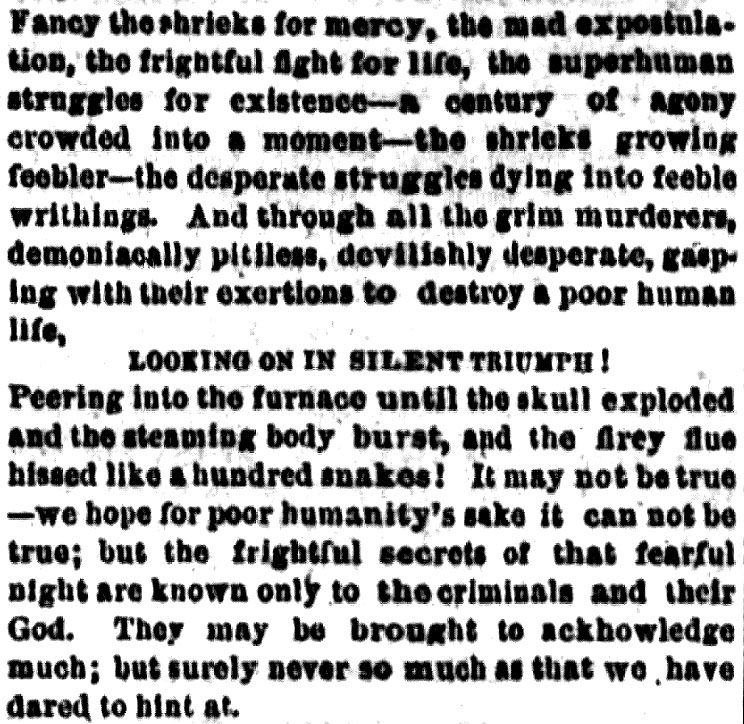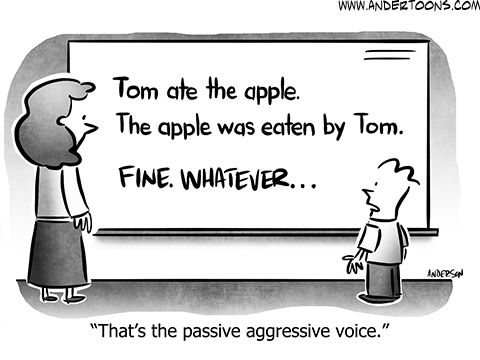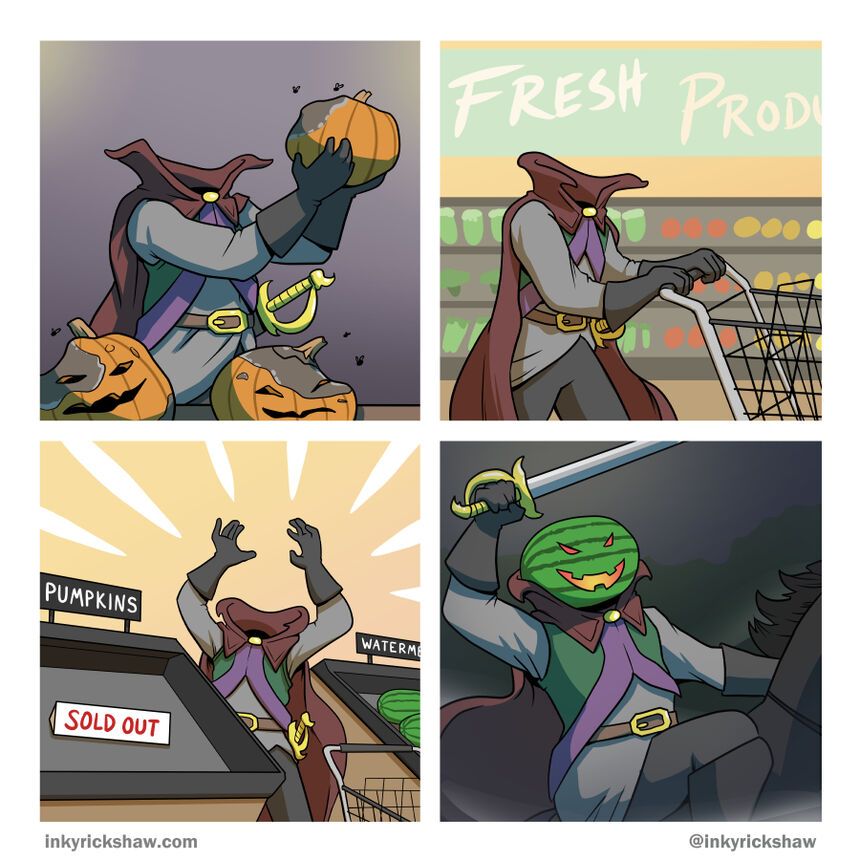CSotD: Friday Funnies and Points to Ponder
Skip to commentsLet’s not ponder any important points until we start seeing cartoonist reaction to last night’s dueling town halls.

Though I suppose you could classify this Brewster Rockit (AMS) as referring to at least one of the participants.
Chuck Barris used to propose a show in which the host would bring out a small child with a puppy and ask the studio audience for a volunteer who, for a million dollars, would come up on stage and shoot the puppy. (Sometimes it was “kick the crutches out from under a crippled child.”)
Then he’d lower it to $500,000, and lower it again, and finally someone, he assured us, would volunteer to do the deed for free, simply to be on television.
In the mid ’90s, when reality TV was first gripping the nation, I tried to get an interview with Barris on this joke-turned-prophecy, but he declined, since he was writing his biography (which became a hugely entertaining movie.)
I don’t believe anything in the movie, but his analysis was right on.
However, it’s Friday. Let’s put politics on hold and ponder lesser mysteries:

Mr Boffo (Ind) is pretty close to fact. What they should test is your ability, when waiting for a light to change, to scroll through your phone instead of watching the traffic signal. In the city, I suppose the people behind you wake you up real soon, but out here in the sticks, we’re more polite and sit there wondering when you’re going to notice.
Though I once had a beat-up old Jeep Wagoneer for which one more dent wouldn’t make a difference. It’s probably good I got rid of it before cell phones were invented, but I can dream.
I’m also old enough to remember police officers directing traffic, which evokes the old joke of the driver — a woman, as tradition demanded — sitting through changes of lights until the cop asks, “What’s the matter, lady? Ain’t we got no colors you like?”
Prompting the question, If there was a traffic light, why was the cop also stationed there?
Though a black cabbie once told me that, when they introduced the yellow light, cops would wait to pounce on black drivers who entered the intersection under the caution, which I assume is what inspired the blues lyric
“Better stop on the red, go on the green, don’t mess with Mister In-Between.“

Mr. Fitz (Ind) hits a personal spot with this installment, part of a series about becoming a parent.
I could barely make it through the movies in parenting class, even though we were seeing them in preparation for Baby #2. Our previous kid’s pre-birth classes didn’t involve a lot of visual aids and, in fact, they didn’t often require my presence, or it may have simply been that I was working evenings and couldn’t go.
In any case, films of births — or of any kind of surgical stuff — horrify me, but it’s completely the opposite when it’s really happening. In addition to my own kids being born, I’ve been a journalist on the scene of some procedures that, in retrospect, probably should have been appalling but, because I was in the moment, didn’t bother me at all.
Which leads me to think that showing prospective parents films of births might be counterproductive, though maybe that’s just me.
When it comes to taste, there’s this: I was poking around researching Lafcadio Hearn, a 19th century journalist who wrote evocative word-portraits of New Orleans and the Caribbean before settling in Japan and opening that land and its culture to Western readers.
However, as that Paris Review article says
Young Hearn’s first writings were blood-curdling reportage steeped in gothic horror. They scandalized the readers of the Enquirer and lifted the newspaper from near-bankruptcy to a prosperous business.
One of his most famous bits of crime coverage was an 1874 murder in which the dead-or-dying body was stuffed into a furnace. Hearn describes the charred remains in several paragraphs of astonishing, appalling detail, the tenor of which I can hint at in this snippet:

If a modern newspaper published a tenth of that story, they’d be inundated with horrified cancellations.
Or, perhaps, as with the Cincinnati Enquirer, massive sales.
“A century of agony crowded into a moment” is damn fine writing, by the way.

And on the topic of damn fine writing, the war on passive voice, illustrated here in Andertoons (AMS), is yet another example of rules laid down by those who could not write their name in the dirt with a stick, which analysis is an example of the active aggressive voice.
But “Fine, whatever” is indeed my response, given that we haven’t established whether the kid is writing about Tom or about the apple.
Or whether he has the wit, taste and talent to vary his voice in an engaging manner.
Juxtaposition of Great Minds


This sort of thing happens from time to time, but rarely with this kind of precision. Call it “23 and Me and That Other Guy, too.”
Note that, however much in advance Hilburn and Parisi may work — and I’m sure their paces vary — these both dropped yesterday. This is an astonishing Juxtaposition.
And a terrific gag, BTW.

For another Halloweeny gag, we turn to Inky Rickshaw (Ind), which raises this question: How many people realize that there was no Headless Horseman?
The Headless Horseman has come down through time as this iconic Halloween horror when, in Irving’s tale, it was simply the local bully dressed up as a local superstition, to scare his timid romantic rival, using a pumpkin in place of a disembodied head.
I suppose you could argue that there was, indeed, the legend, but the legend carried his actual head, not a pumpkin, much less a Jack o’ Lantern.
Washington Irving gets entirely too much ink this month, what with Columbus Day and Halloween so close together.
But let’s close with an adaptation of another of his works, one of my favorites, though until this moment I had no idea the Devotions were a bunch of white dudes.
Comments 4
Comments are closed.